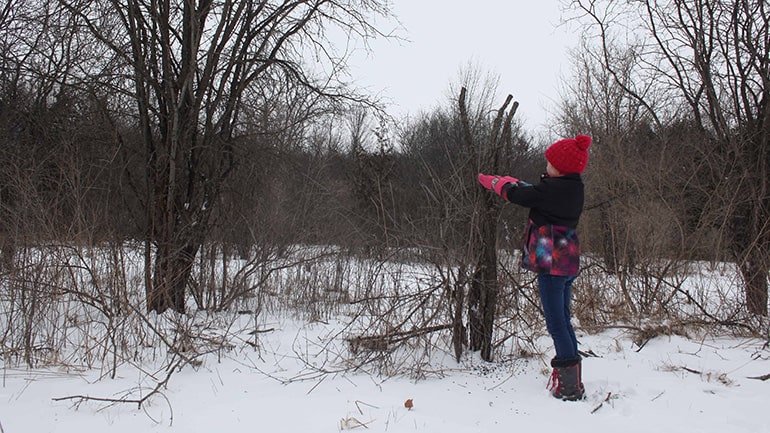Seeds and Seed Dispersal
Some pop, some glide, some stick and many float in the air or on the water. Every spring we see that there is enduring evidence of our local plants’ ability to survive and spread in the vibrant new growth that carpets our forests and fields. How seeds travel merits closer investigation! Some, incredibly, are spread by animal scat (poop). Your students will participate in some hands-on activities, which simulate the dispersal of seeds (except the scat one!), sort and collect wildflower seeds and examine in detail, their methods of dispersal.
PRE Camp Kawartha visit
Concept Maps
What do we know about seeds and their dispersal?
Traveling Seeds: How do they spread? (as described in The Big Book of Nature Activities by Jacob Rodenburg and Drew Monkman, page 127-128 activity #29)
Set up a bird feeder on a classroom window or in the school yard
- Suction ones for windows can cost about $25 this is a great way to bring the outdoors, indoors.
- If you do not have the budget or the windows, the class can also build simple feeders out of pinecones and/or milk cartons.
- https://www.pbs.org/parents/crafts-and-experiments/make-a-milk-carton-bird-feeder
- https://preschoolinspirations.com/pine-cone-bird-feeders/ (this calls for peanut butter – if you are a nut free school please use a seed butter or stick to the milk carton feeders)
- Continued observation of birds searching for food/shelter
- Observe and keep track of what birds we see, any other animals?
- Record as a tally chart or through pictures, or pebble jars.
- Observe differences in male and female birds and animals.
- Observe and keep track of what birds we see, any other animals?
What seeds do we eat? Sprouting seeds too! Seed sprouting instructions: https://agclassroom.org/matrix/resource/501/#:~:text=Sprouting%20Instructions,are%20specifically%20produced%20for%20sprouting.
Seed collection and cone observation walk
In autumn wear a sock on your hand and brush up against plants, see what seeds we collect. Why do some plants have such a cozy method of seed dispersal? Do we know what tree cones are for? what are inside tree cones (pine/spruce/douglas fir)? How do the seeds come out?
Make a Dirt Dip outside! A Soil Simulation (as described by Youth in Food Systems)
https://seeds.ca/schoolfoodgardens/wp-content/uploads/2018/03/Dirt-Dip-Activity.pdf

